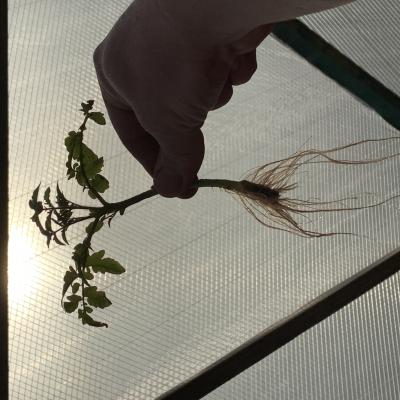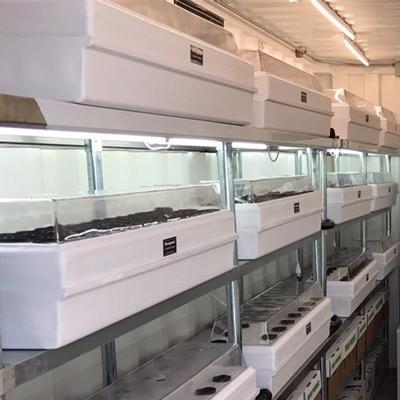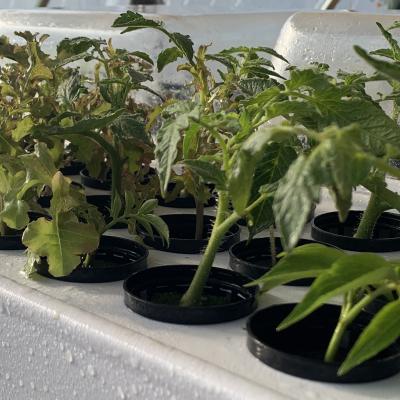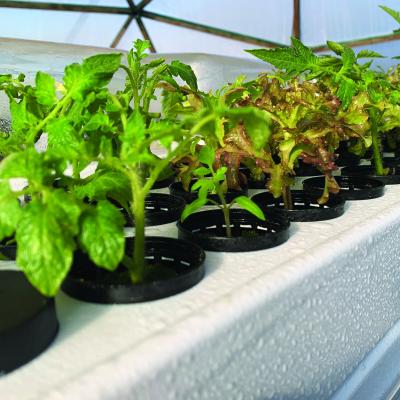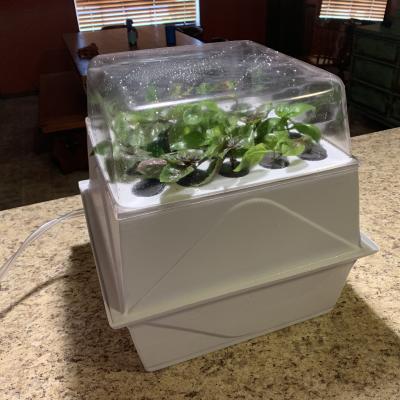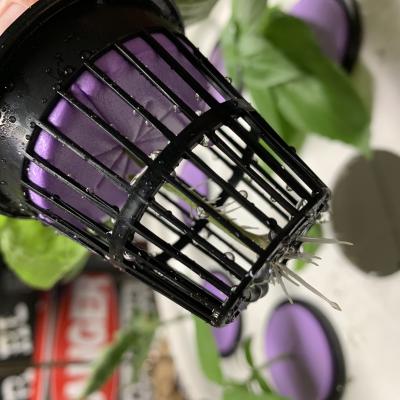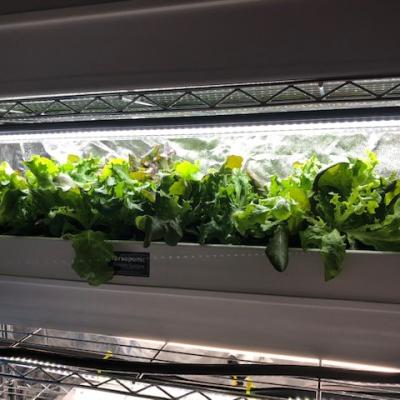It's a well-known fact that too much water can be detrimental to plants, but the science behind why this happens is not as widely understood. In simple terms, plants meet their demise from overwatering because their roots struggle to access the oxygen they need to survive. This begs the question: why do plants require oxygen at their roots, when oxygen is primarily a byproduct of photosynthesis occurring in the leaves? The answers lie in the perils of root "drowning."
When plants receive more water than they can effectively use, they become highly vulnerable to stagnant water pooling around their roots. This stagnant water creates the ideal environment for anaerobic bacteria to thrive. These bacteria are responsible for the distinctive, sulfuric odor often associated with certain pond sediments. As overwatering continues, the standing water near the roots weakens the plant's natural defense mechanisms, effectively opening the floodgates for bacterial attacks on the roots.
While plants lack a respiratory system akin to that of humans, they are far from indifferent to the need for oxygen. Plant roots, in particular, require oxygen to carry out critical functions such as nutrient absorption from the soil. These processes demand energy, and consequently, they consume oxygen. In instances of overwatering, the excess moisture saturates the soil, displacing oxygen and depriving the roots of the vital element they require to function.
In essence, the untold story of overwatering lies in the silent battle being waged beneath the surface, where roots starved of oxygen struggle to sustain the very plants they support. Understanding the importance of maintaining the right balance of water for your plants can be the key to nurturing thriving and resilient green companions.

